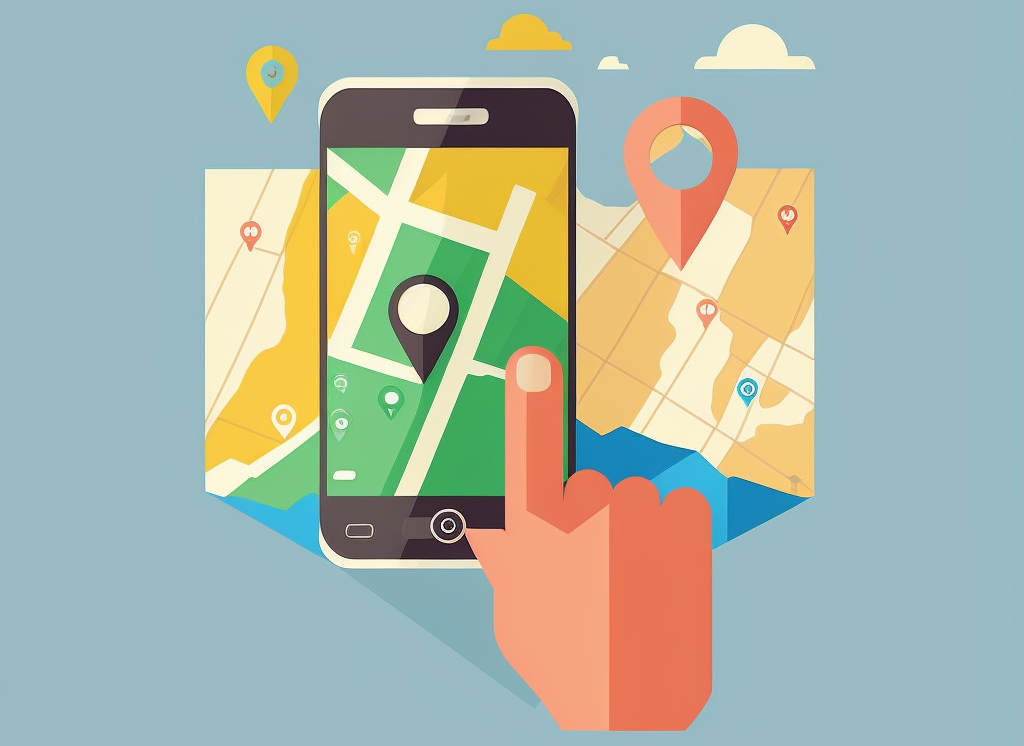Geofencing marketing is a digital marketing strategy that uses location-based technology to target consumers with personalized messages or offers when they enter a specific geographic area. This can be done using GPS, Bluetooth, or RFID technology, and can be used to target customers with ads, coupons, or other promotional materials. By using geofencing marketing, businesses can reach customers when they are physically close to the business and entice them to visit or make a purchase. It is a highly personalized form of marketing that can be customized to the needs and preferences of the target audience, which can make it more effective than other forms of advertising. In this blog post, we will dive deeper into the world of geofencing marketing, exploring the benefits for businesses and providing real-world examples of companies that are using it to drive foot traffic and increase sales.
Benefits of geofencing marketing for businesses
Geofencing marketing offers several benefits for businesses looking to reach local customers and drive foot traffic to their stores. Here are a few key benefits of using geofencing marketing:
- Targeting customers in a specific geographic area: One of the main benefits of geofencing marketing is that it allows businesses to target customers who are physically close to their stores or locations. This can be especially useful for businesses that rely on foot traffic or local customers, such as retail stores, restaurants, and event venues. By targeting customers who are already in the area, businesses can increase the chances of them coming in and making a purchase.
- Personalized, customized messaging: Geofencing marketing is highly personalized, which can make it more effective than other forms of marketing. Because it targets customers based on their location, businesses can customize the messaging to the needs and preferences of the target audience. For example, a coffee shop might send a coupon for a free pastry to customers who are within a few blocks of the store, while a clothing store might send a notification about a sale on summer clothing to customers who are in a warm climate.
- Cost-effective way to reach customers: Geofencing marketing can be a cost-effective way to reach customers compared to other forms of advertising. Because it targets specific geographic areas, businesses can focus their marketing efforts on the locations where they are most likely to reach their target audience, rather than paying for broad, untargeted advertising. This can help businesses save money on marketing costs while still reaching their target audience effectively.
Real-world examples of companies using geofencing marketing
There are many different types of businesses that use geofencing marketing to reach local customers and drive foot traffic to their stores. Here are a few examples of industries that are using geofencing marketing:
- Retail stores: Many retailers use geofencing marketing to target customers who are near their stores and entice them to come in and shop. For example, a clothing store might send a coupon for a discount on a new collection to customers who are within a certain distance of the store.
- Quick service restaurants: Quick service restaurants, such as fast food chains, often use geofencing marketing to target customers who are nearby and encourage them to come in and place an order. For example, a chain of pizza restaurants might send a coupon for a free dessert with the purchase of a large pizza to customers who are within a few blocks of one of their locations.
- Event venues: Event venues, such as concert arenas or sports stadiums, use geofencing marketing to target customers who are in the area on the day of an event. They might send notifications about upcoming events or promotions to entice customers to purchase tickets.
- Travel companies: Travel companies use geofencing marketing to target customers who are in specific locations and offer them promotions or discounts on travel packages. For example, a travel company might send a notification to customers who are in a major city offering a discount on a beach vacation package.
- Real estate companies: Real estate companies use geofencing marketing to target home buyers who are in specific neighborhoods or areas. They might send notifications about open houses or new listings to entice customers to come and take a look.
These are just a few examples of industries that are using geofencing marketing to reach local customers and drive foot traffic to their stores. There are many other types of businesses that are using geofencing marketing as well.
Detailed examples of companies using geofencing marketing
Here are two detailed examples of companies using geofencing marketing to reach local customers and drive foot traffic to their stores:
Example 1: U-Haul is a company that rents out moving trucks, trailers, and storage units. They might use geofencing marketing to target customers who are in the process of moving to a new home. For example, if a customer searches online for moving companies or storage units in their area, U-Haul could use geofencing marketing to send them a notification with a special offer or promotion when they are within a certain distance of a U-Haul location. The notification might include a discount on rental fees or a special deal on a storage unit.
Example 2: Pizza Hut is a chain of quick service restaurants that sells pizza, pasta, and other dishes. They might use geofencing marketing to target customers who are in the mood for pizza but don’t have a specific restaurant in mind. For example, if a customer searches online for “pizza near me” or “pizza delivery,” Pizza Hut could use geofencing marketing to send them a notification with a special offer or promotion when they are within a certain distance of a Pizza Hut location. The notification might include a discount on a large pizza or a free appetizer with the purchase of a medium or large pizza.
In these examples, U-Haul and Pizza Hut are using geofencing marketing to reach customers when they are physically close to their locations and entice them to visit or make a purchase. By targeting customers with personalized offers and promotions, they are able to drive foot traffic and increase sales.
In conclusion, geofencing marketing is a powerful tool for businesses looking to reach local customers and drive foot traffic to their stores. By using location-based technology to target customers with personalized messages or offers, businesses can increase their chances of reaching their target audience and driving sales. The benefits of geofencing marketing include the ability to target customers in a specific geographic area, personalized and customized messaging, and cost-effectiveness. With these benefits in mind, it is clear that businesses should consider using geofencing marketing as part of their digital marketing strategy. By doing so, they can reach local customers in a targeted and personalized way, helping to drive foot traffic and increase sales.

